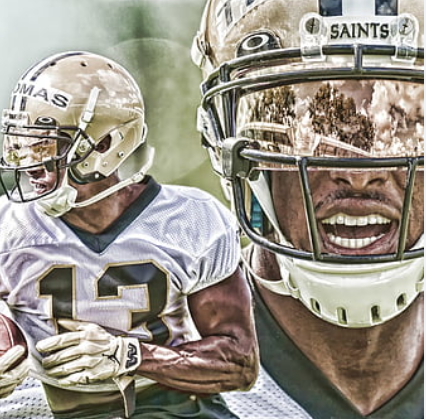Sports are always exciting, and there’s always something new to learn. Whether you’re a coach, trainer, player, or a fan, being able to perform an in-depth analysis of games and players is crucial. It’s what sets you apart from the rest, identifies areas of improvement, and highlights strengths. In this comprehensive guide, we’ll be discussing the ultimate techniques and strategies for sports analysis, in detail.
1. Establishing a Game Plan:
The first step to any successful sports analysis is to establish a strategy. This involves defining the scope of your analysis, determining which data points you’ll be analyzing, and setting expectations for the outcome. Additionally, it would help if you also considered the level of technology and equipment available. It’s important to have a solid plan to ensure you don’t miss anything important.
2. Gathering and Comparing Data:
No sports analysis is complete without data. To start, analyze as many relevant statistics as possible. For example, in the case of soccer, statistics such as shots on goal, free kicks, corners, passes, tackles, and distance covered are all essential. Additionally, comparing data to the game’s context helps enhance the analysis output. Comparing data from different games or seasons provides a bigger picture.
3. Utilizing Video Analysis:
In recent years, video analysis has become the cornerstone of professional sports analysis. It’s the perfect tool for reviewing games and producing accurate graphical representations. With specialized software, coaches and trainers can analyze specific positions or movements in specific situations. Video analysis is essential for spotting game trends and identifying strengths and weaknesses of individual players and teams.
4. Analyzing Player Performance:
Analyzing the performance of players is a crucial component of sports analysis. In this regard, vital performance statistics include tackles, passes, shots, dribbles, touches, and goals scored. Furthermore, the data obtained will provide a clear understanding of the roles and responsibilities of individual players. This will also help identify areas of improvement moving forward.
5. Use Data to Construct a Game Plan:
Once you have gathered data, analyzed it, and observed game trends through video analysis, use the information to construct a game plan. The Game plan should detail the strengths, weaknesses, tendencies team members can utilize, areas of improvement, and overall trend analysis. A proper game plan will aid in outsmarting the opponent, effectively positioning players, and work towards meeting team goals.
Conclusion:
eat-and-run verification (먹튀검증) Sports analysis continues to advance significantly with technology and innovative advancements. The above techniques provide an excellent foundation for coaches, trainers, and fans to gather relevant statistics and analyze game patterns effectively. Bear in mind that utilizing these techniques is an ongoing process, providing the best results through regular tracking and analysis. With this ultimate guide in sports analysis, we hope you can apply the techniques and strategies to your next game and experience tremendous success.



